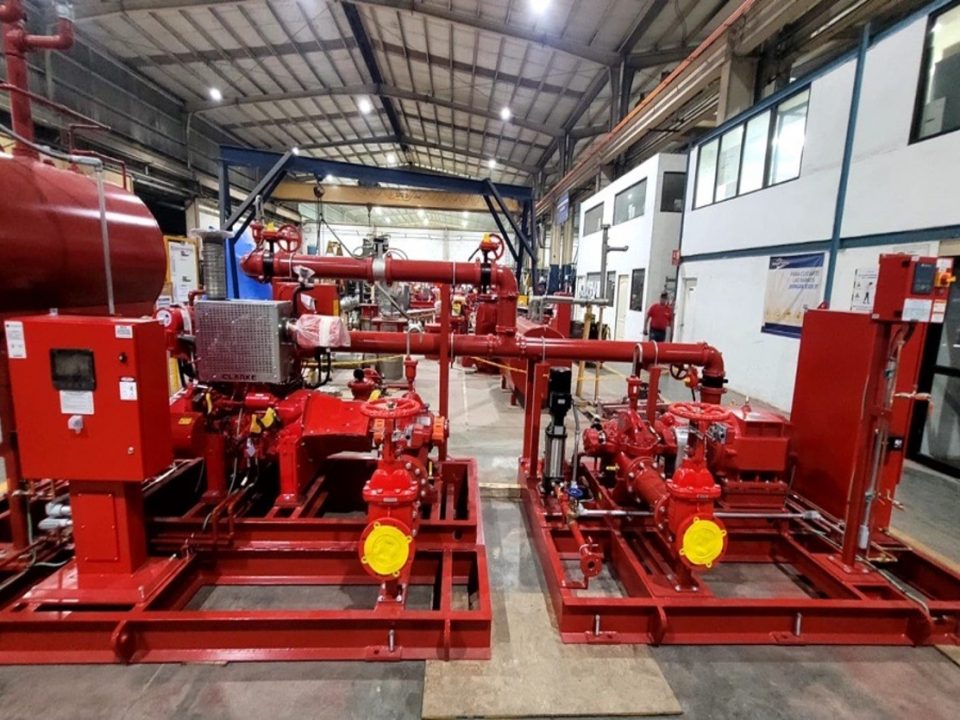Introduction
In Engineering, Procurement, and Construction (EPC) projects, procurement plays a decisive role in determining cost efficiency, schedule adherence, and overall project success. While large-scale projects often have established procurement frameworks and abundant resources, small to mid-scale EPC projects face unique challenges such as tighter budgets, limited supplier pools, and compressed timelines. Optimizing procurement for these projects requires a balance of cost control, risk management, and supplier collaboration.
Key Challenges in Small to Mid-Scale EPC Procurement
- Budget Constraints – Limited project funding makes it harder to secure premium suppliers or absorb delays.
- Supplier Reliability – Smaller projects may not attract Tier-1 vendors, increasing dependency on regional suppliers.
- Logistics & Lead Times – Delivery delays or lack of local stock can impact schedules significantly.
- Compliance Requirements – Even smaller EPC projects must comply with international standards (API, ISO, IEC).
- Coordination Across Stakeholders – Engineering, site execution, and procurement teams often lack streamlined communication.
Strategies to Optimize Procurement
1. Early Supplier Engagement
- Involve suppliers during the design and engineering stages.
- Pre-qualification ensures only vetted vendors are included.
- This minimizes redesigns and avoids last-minute material unavailability.
2. Digital Procurement Tools
- Use cloud-based procurement platforms for RFQ management, bid comparisons, and document control.
- Automating approval workflows reduces delays and human errors.
3. Vendor Consolidation
- Instead of multiple small orders, bundle requirements for valves, cables, or instruments into fewer packages.
- This improves negotiation leverage and reduces freight costs.
4. Local & Regional Sourcing
- Partner with authorized distributors and regional stockists to shorten lead times.
- This approach balances compliance with faster delivery.
5. Framework Agreements
- Long-term agreements with trusted vendors provide price stability.
- Beneficial for repeat EPC contractors handling multiple projects in the same sector.
6. Risk & Compliance Management
- Ensure all suppliers provide certifications, test reports, and traceability documents.
- Having a central documentation process avoids project delays during audits.
Benefits of Optimized Procurement
- Reduced Project Costs through strategic sourcing and volume discounts.
- Improved Delivery Reliability with local partnerships and consolidated orders.
- Better Risk Control by aligning with compliant and pre-qualified vendors.
- Faster Project Execution through digital workflows and early supplier involvement.
- Sustainable Growth for EPC contractors by building repeatable procurement models.
Conclusion
For small to mid-scale EPC projects, procurement optimization is not just about cutting costs—it’s about balancing quality, compliance, and delivery timelines while operating within budget constraints. By leveraging digital tools, building supplier relationships, and adopting proactive sourcing strategies, EPC contractors can enhance efficiency, reduce risks, and deliver successful projects consistently.




